Nature is full of mysteries, and among them are some truly extraordinary plants. While many of us may think of plants as stationary beings, their abilities often go unnoticed. From sensitive leaves that curl up in response to touch to flowers that seem to communicate with their surroundings, these botanical wonders are more dynamic than we realize. In this post, we’ll explore five remarkable plants that move, react, and even appear to ‘talk.’
1. Mimosa Pudica: The Shy Plant
Mimosa pudica, commonly known as the “sensitive plant” or “touch-me-not,” is one of the most famous examples of a plant that reacts to its environment. This small shrub, native to South America, has an extraordinary defense mechanism. When its leaves are touched, they fold up quickly, a movement that appears almost like a shy response. If disturbed further, the plant may even cause its leaves to droop.
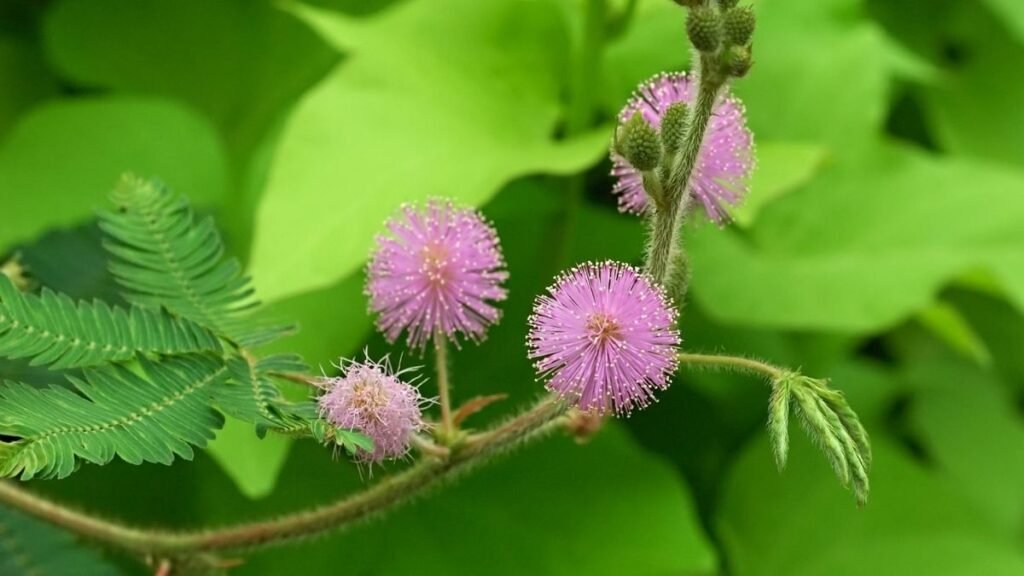
The process behind this quick reaction is known as thigmonasty, a movement triggered by physical stimuli. When the plant’s cells receive a signal from touch, it leads to a rapid loss of turgor pressure in the cells, causing them to shrink and the leaves to fold. Though this might seem like a defensive tactic to avoid being eaten, scientists believe it might also be an attempt to conserve energy by deterring herbivores.
While the Mimosa pudica’s movement is not as complex as animal behavior, it’s an impressive example of plant responsiveness. What’s even more fascinating is that the plant can “remember” and adapt to certain conditions. If touched repeatedly, it becomes less responsive, a behavior known as habituation.
2. Venus Flytrap: Nature’s Trap
Perhaps one of the most famous carnivorous plants, the Venus flytrap (Dionaea muscipula) is both captivating and terrifying. Found primarily in the bogs of North and South Carolina, this plant has evolved a unique way of catching its food: a snap trap. The Venus flytrap has modified leaves shaped like jaws, lined with spiky teeth. When an unsuspecting insect or spider touches two or more of the trigger hairs inside the trap, the lobes of the plant snap shut in less than a second.
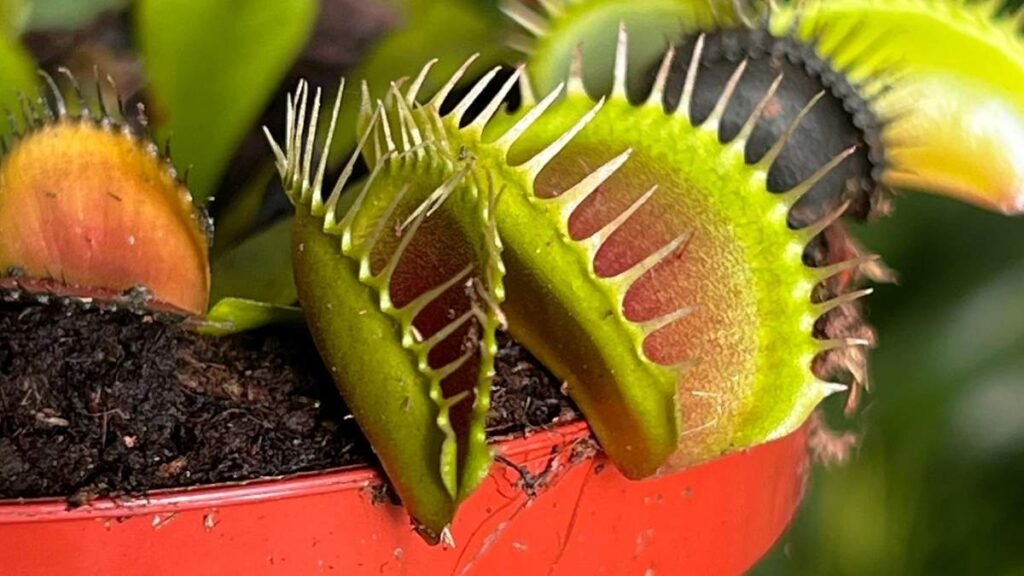
The Venus flytrap’s ability to “talk” comes in the form of its interaction with prey. The trap’s closure is a precise response to tactile stimulation, and if the trap is triggered, it will continue to close until the prey is fully secured. The plant then secretes digestive enzymes to break down its prey, which provides it with essential nutrients, especially nitrogen, that it would otherwise find scarce in its native boggy habitat.
What’s remarkable is that Venus flytraps can count. They need two triggers within 20 seconds to activate the trap. This prevents the trap from closing unnecessarily, such as when raindrops touch the hairs by mistake. The flytrap’s ability to discern and react to stimuli with such precision makes it one of the most fascinating botanical wonders in the world.
3. The Touch-Me-Not Tree: A Giant Reaction
While Mimosa pudica might be the most famous “touch-sensitive” plant, the Mimosa genus is home to other fascinating species, including the towering Touch-Me-Not tree (Mimosa scabrella). While this tree is not quite as famous for its fast-acting leaf movements, it reacts to external stimuli in equally interesting ways. The leaves of the Touch-Me-Not tree respond to temperature and moisture changes in their environment.
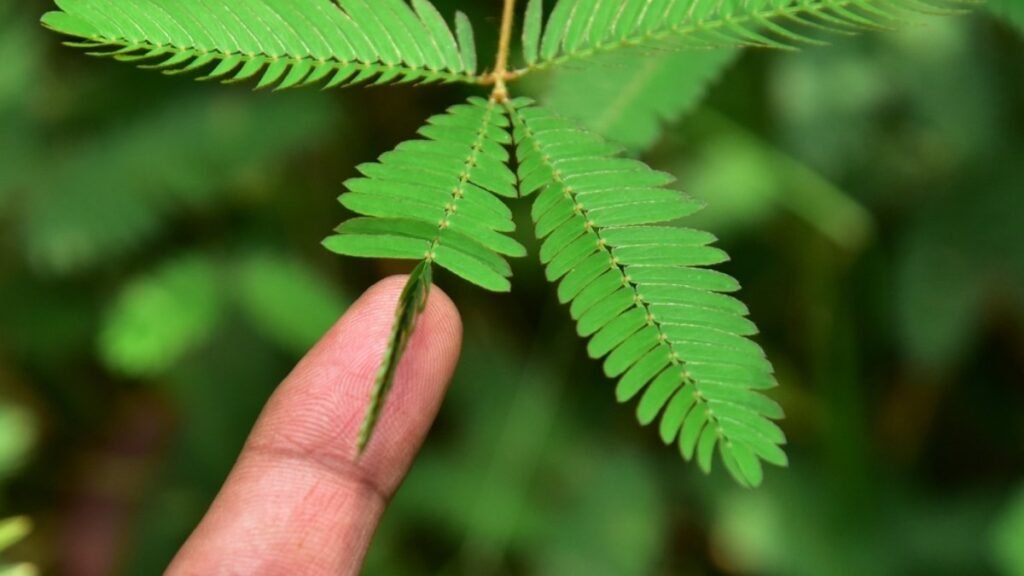
In response to cooling temperatures or changes in light, the leaves fold up, creating a stunning visual effect as the tree appears to shrink slightly. This phenomenon is a form of nyctinasty, a movement that occurs in some plants in response to the onset of nightfall or other environmental changes. It’s believed that this reaction serves to protect the leaves from environmental stress, reducing water loss and protecting them from nighttime frost.
The Touch-Me-Not tree offers a striking example of how plants, even large ones, can react to the world around them. These adaptations not only allow the tree to conserve energy and water but also offer insights into how plants can adapt to specific climates.
4. : A “Quiet” Mover
The Sensitive Fern (Onoclea sensibilis) is a plant known for its subtle but fascinating reactions. Native to North America, the Sensitive Fern gets its name because of its sensitivity to environmental changes, particularly frost. When the temperature drops even slightly, the fern will curl up its fronds in a defensive posture, essentially “shutting down” until warmer conditions return.
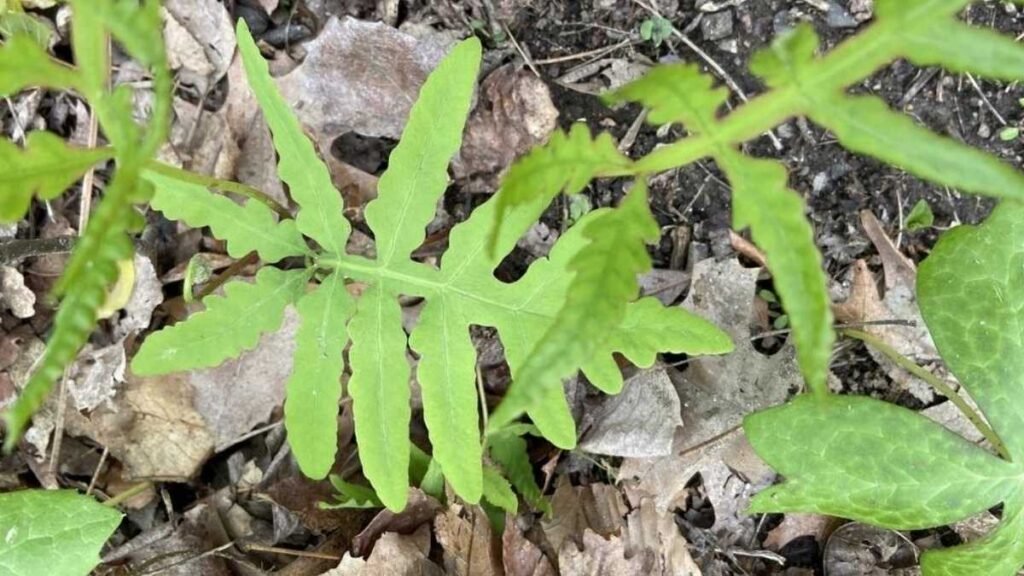
This reaction is not only a response to temperature but also a way to protect the plant from being damaged by sudden drops in temperature. The fern’s ability to sense the slightest change in its environment makes it one of the most delicate and responsive plants in North America.
The Sensitive Fern’s reaction to environmental conditions is much quieter than some of the more dramatic movements of the Venus flytrap or Mimosa pudica, but it is equally fascinating. In the larger scheme of plant survival, this sensitivity to weather and seasonal change allows the fern to avoid damage, ensuring its survival through harsh conditions.
5. The Sensitive ‘Talking’ Plant: The “Sun” Plant
The “sun plant” (Mimosa miersii), a lesser-known species related to Mimosa pudica, has intrigued botanists for its unique responses to its environment. This plant is highly sensitive to light, and like other members of the Mimosa family, it exhibits noticeable movements in reaction to changes in light intensity.
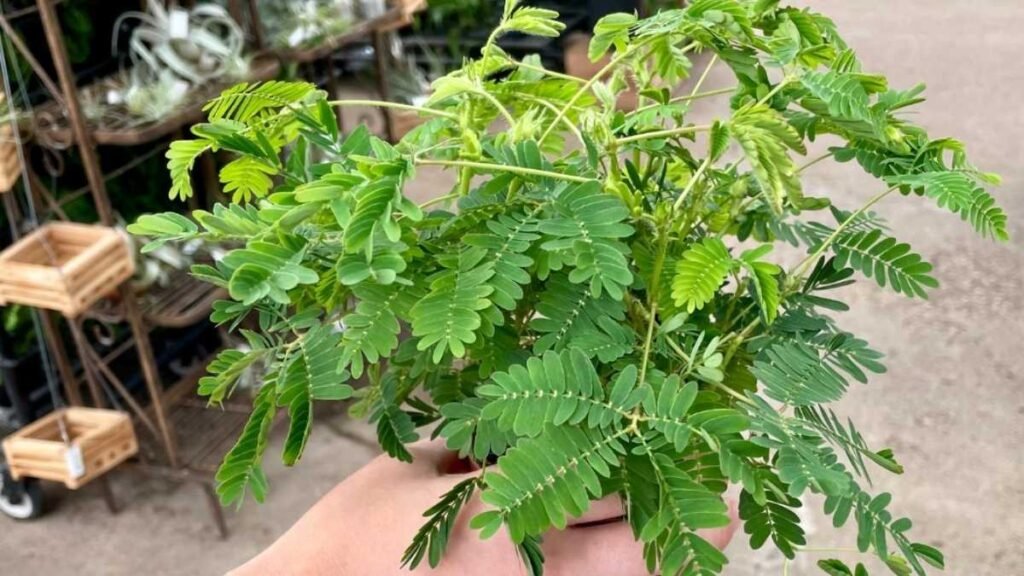
During the day, the sun plant’s leaves spread out wide to absorb sunlight, but as the light dims in the evening, the leaves fold upwards, almost as if the plant is preparing to sleep. This phenomenon is called photoperiodism, and it’s a natural response that allows plants to optimize their energy intake from sunlight.
What makes the sun plant even more interesting is that it has been observed to “communicate” with other plants. Research has shown that plants like the sun plant can emit chemical signals when under threat, alerting nearby plants to potential danger. This kind of plant “talking” is not vocal but rather involves the release of volatile organic compounds (VOCs), which can influence the behavior of surrounding plants. This form of communication is essential for a plant’s survival, as it allows others to prepare defenses or adjust their growth patterns in response to changing conditions.
Conclusion
The world of plants is far more dynamic than we often give it credit for. These botanical wonders whether they move, react, or “talk” to their environment remind us that nature is filled with complexities beyond what meets the eye. From the rapid snap of the Venus flytrap to the shy folding leaves of the Mimosa pudica, plants are constantly responding to their surroundings in remarkable ways. And while they may not possess the mobility or communication skills of animals, their ability to interact with the world around them in such intricate ways offers a fascinating glimpse into the mysterious life of plants. Next time you encounter a plant, take a moment to appreciate its hidden talents after all, they might be more responsive than you think!

